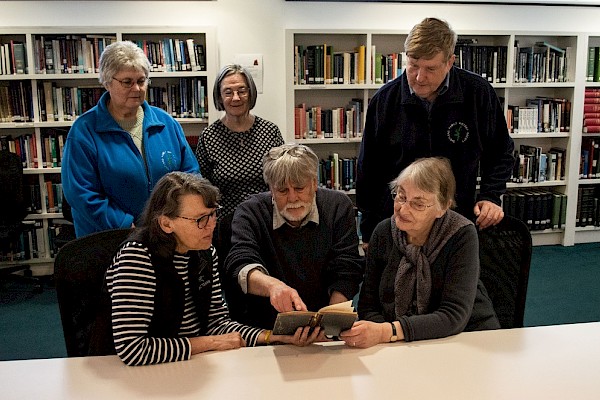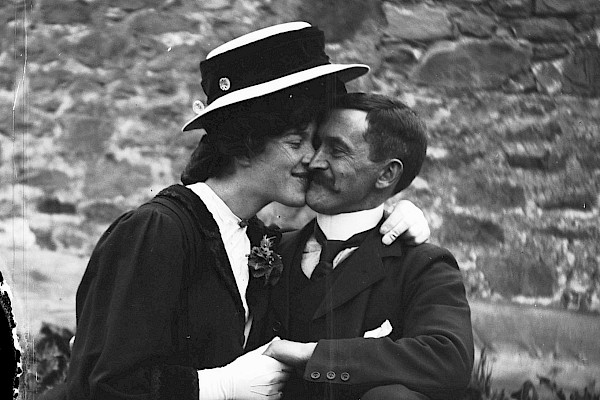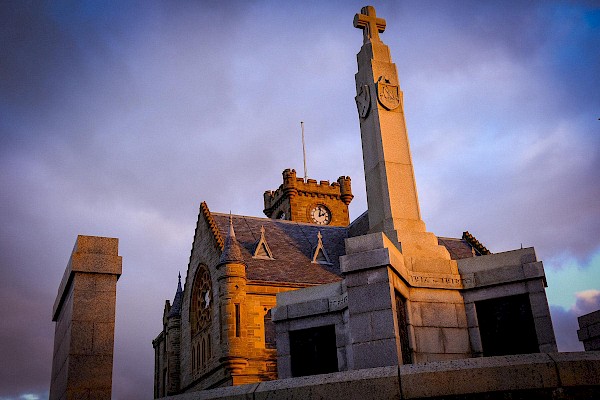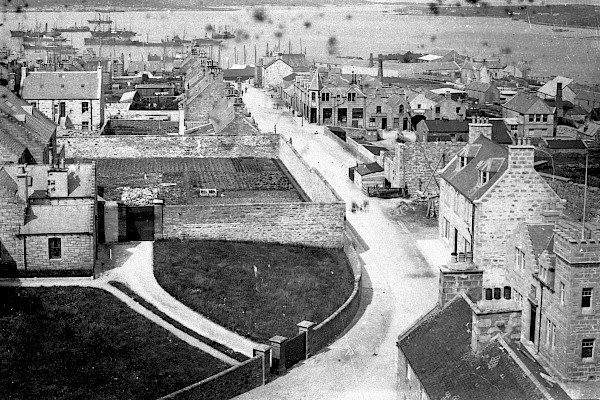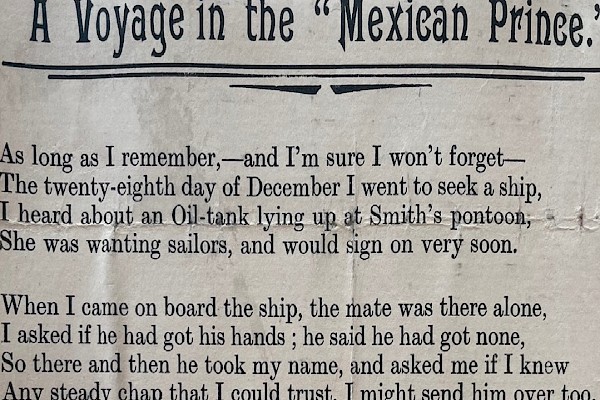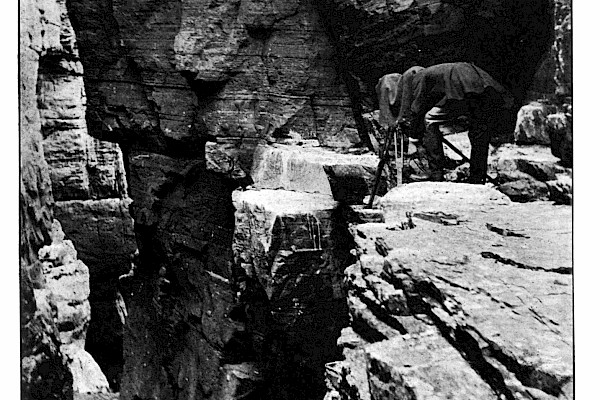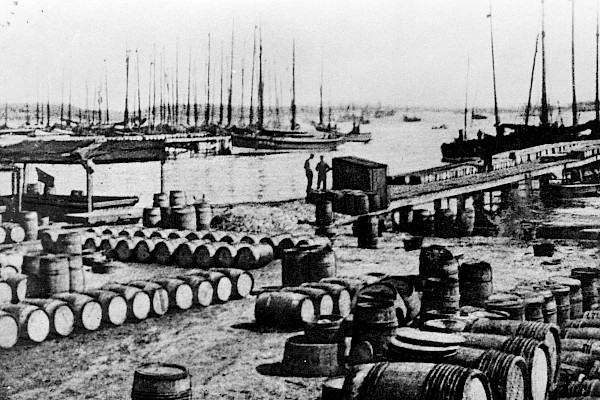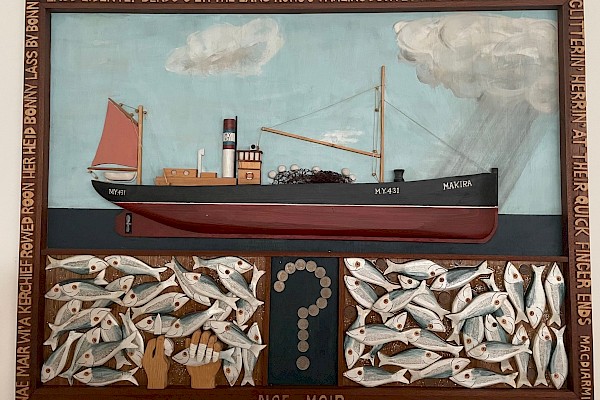World Book Day
On World Book Day, it is worth musing about the history of library collections in Shetland. There have been highs and lows in the process of making books available to Shetlanders over the years.
200 years ago, right after the Napoleonic Wars, well-off men in Lerwick decided that they wanted a library. They formed the Lerwick Subscription Library. It was strictly for people with money: the fee for joining was two guineas, with an annual subscription of 12 shillings. They had a big collection of books.
A few years later Arthur Edmondston, a local doctor who had written his own works, decided that something more suitable for the wider population was needed. He and some colleagues set up the General Zetland Library. They preferred, as they said, ‘the interests of the rising generation and the industrious mechanic to the tastes of the learned and the wishes of the opulent’.
For several decades these libraries catered for their different clienteles. Then in 1861 a group of young men resolved to create something more ambitious. Calling themselves the Shetland Literary and Scientific Society, they founded a library, a museum, and began to present lectures to the general public.
Based at the south end of Lerwick, in the old Tolbooth building, they found a home for a growing collection of books. They received donations of works locally and from far afield. In 1861, for instance, Professor P.A. Munch in Christiania gave the Society some volumes that he and other scholars had edited about the laws of medieval Norway. They are now in the Shetland Archives.
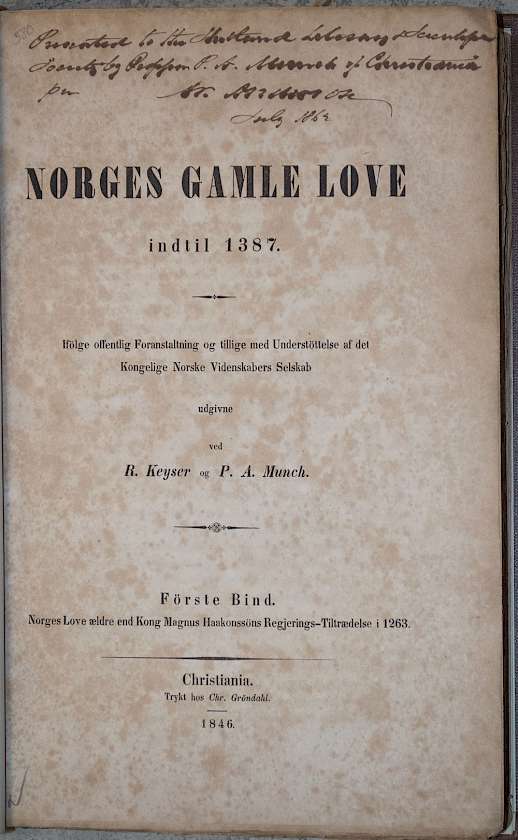
One of the books that Prof. P.A. Munch donated to the Shetland Literary and Scientific Society. It was picked up in Norway by Arthur Anderson in 1862.
The new library had its ups and downs. In 1879 it was only open to members for an hour a week, on Tuesday evenings. The books, someone complained, were ‘mouldering away merely for want of a little attention’. People began to argue for a proper public library.
In the 1890s, when Lerwick was more prosperous, that began to happen. The Society established a reading room, also called a ‘news room’. Meanwhile the Society had already moved a little further into the modern world by admitting ‘ladies’ to the Society’s council, who presumably affected its policies..
In 1897 the library moved to better premises, in the Seaman’s Home (above what was later Solotti’s ice cream shop). They appointed a permanent librarian and caretaker, Sandy Ratter, who did the job for the next thirty years. Things got better and better: we know that in 1922 the library, assisted by the national Carnegie Library scheme, issued 6000 books in eight months, delivering many of them to far-flung islands. Shetlanders loved to read.
By 1948 the Shetland literary and Scientific Society was running out of steam. They disbanded, and the County Council took full control of the library. They appointed a brusque and highly competent librarian, George Longmuir, to create a brand-new public service.
His library was eventually based in a former wartime building in St Olaf Street. Those of us who frequented it still remember the quiet atmosphere (Longmuir didn’t allow rowdiness), where you were likely to find something exciting on the crowded shelves, and the warm reading room where patrons could pore over texts or read the papers.
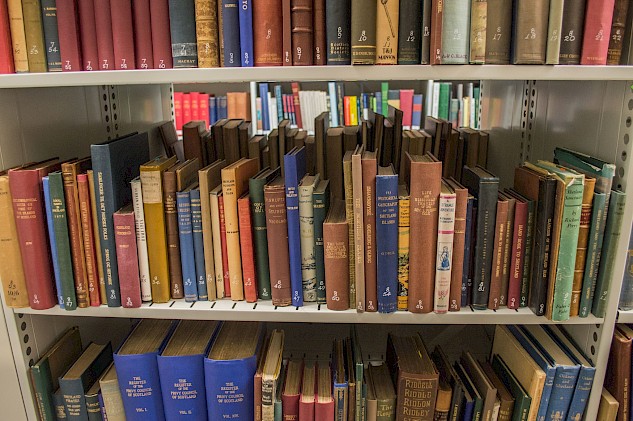
In 2020 (pre-Covid) the modern Shetland Library was lending 125,000 books to Shetlanders every year. Meanwhile, the Shetland Archives, at Hay’s Dock, holds a vast collection of books and other printed works relating to Shetland.


